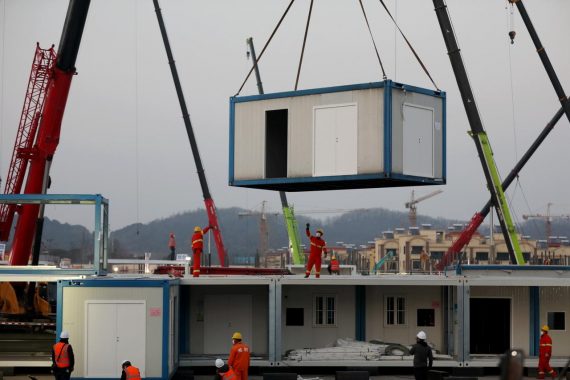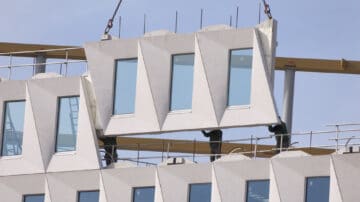What is Prefabrication?
The manufacture of elements of a building off-site before being installed onsite is prefabrication.
How is it different from the conventional construction?
Unlike the traditional process, where each process is dependent upon the next, prefabrication can create concurrency, resulting in cost precision and schedule reductions.
Does prefabrication require a different estimation approach?
The best approach would be to partner with the subcontracting firms early on and implement element-centric target costing. Element-centric target costing would involve the prefabricated elements, including multi-trade sub-assemblies and modules.
With the outbreak of Covid-19 in many countries, there is an increasing and urging demand for isolation facilities and hospitals. When China built two hospitals, both within 9-10 days, everyone wondered if the same could be done in their country- and if yes, then How.
Through Prefabrication, rapidly deployable emergency buildings can be built to respond faster that may help save thousands of lives. Prefabrication comes with lots of benefits for everyone in the construction industry. But there’s one benefit that stands out above all: speed.
Currently, emergency-management responders have turned to venues such as hotels, hostels, and dormitories, which are helpful only up to a certain extent, as they lack the ability to be quickly retrofitted. Since these buildings are constructed in situ, they’re useful only in their existing physical place. They can’t be redeployed to another site.

The manufacture of elements of a building off-site before being installed onsite is prefabrication. Unlike the traditional process, where each process is dependent upon the next, prefabrication can create concurrency, resulting in cost precision and schedule reductions.
Prefabrication can increase productivity, improve safety, and, for hospitals, cause less disruption to operating campuses, surrounding areas, and the overall patient experience.
In this time of crisis, here are some vital points one needs to consider before going for prefabrication :
- Architects and Engineers need to determine the elements that would require prefabrication—whether it’s the operating room ceilings, bathroom pods, exterior wall panels—or do they require a completely volumetric modular design.
- Engineering teams can then work using Design for Manufacturing Assembly (DfMA) principles, concentrating on how those prefabricated elements can be designed for ease of manufacturing and ease of assembly.
- All the parties involved- General contractors, subcontractors, and manufacturers should be consulted as partners from this early stage for optimization.
- Digital information-sharing platforms and technology that facilitate collaboration in real-time can be powerful tools during this process.
- With less time spent on “fixed” elements that may be prefabricated, engineers can instead focus on more complex areas of the project—those that add more value and are more satisfying to work on.
- A general contractor may require to change specific processes to embrace prefabrication, starting with estimating. A much more conducive process would be to partner with subcontracting firms early on to implement element-centric target costing. Element-centric target costing would involve the prefabricated elements, including multi-trade subassemblies and modules.
- Contractors will need to work with a new mindset and work as integrators throughout the construction phases, updating processes from scheduling to site plan integration.
- The involved parties may also need to work with new supply chain partners to move into more efficient manufacturing methods and improve their fabrication shops.
- Building Information Modelling (BIM) can support the creation of highly sophisticated designs which can then be shared with other collaborators through digital platforms.
We all are going through tough times-and despite that, our healthcare sector is in the arena and performing exceptionally well caring for those afflicted with the virus. By the adoption of prefabrication, there’d be an opportunity for design and construction to accelerate healthcare builds today as well as in the future, and to deliver beds when and as they are needed.

Leave a Reply
You must be logged in to post a comment.